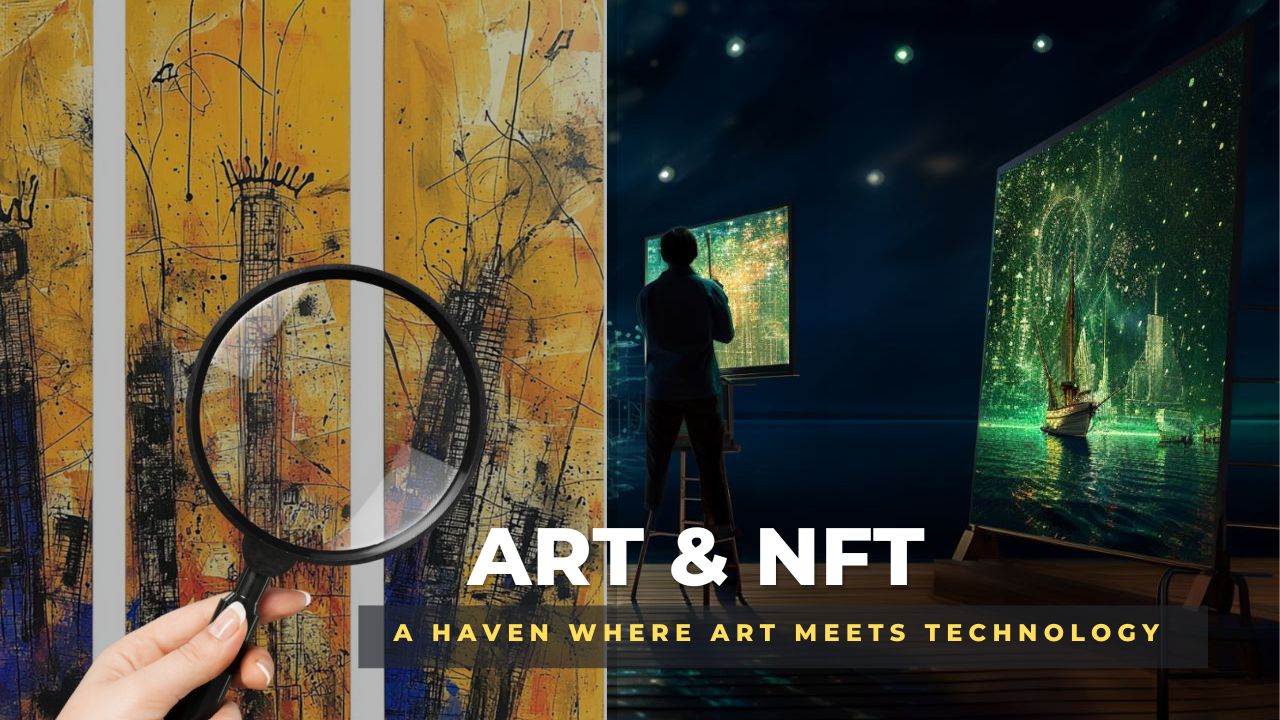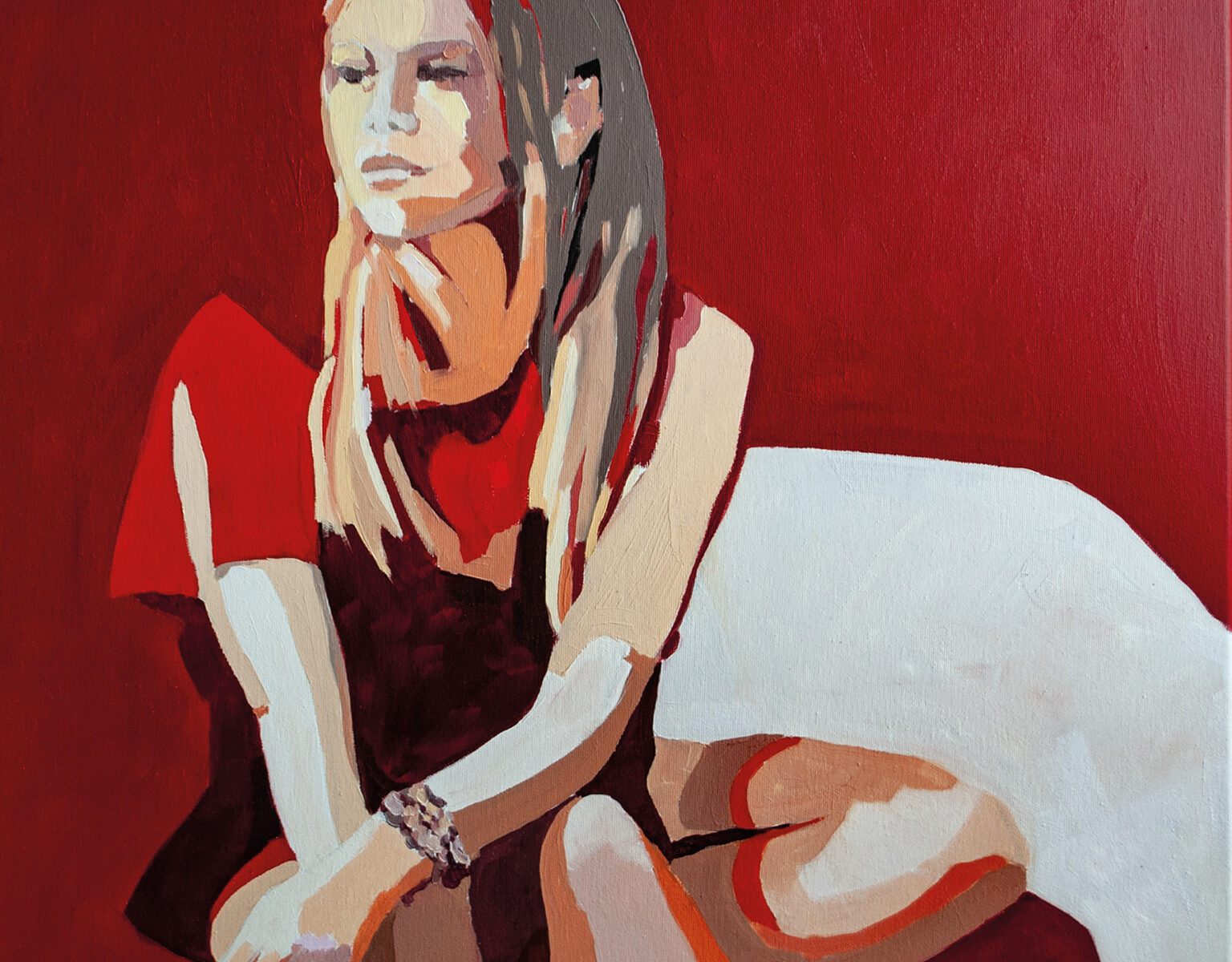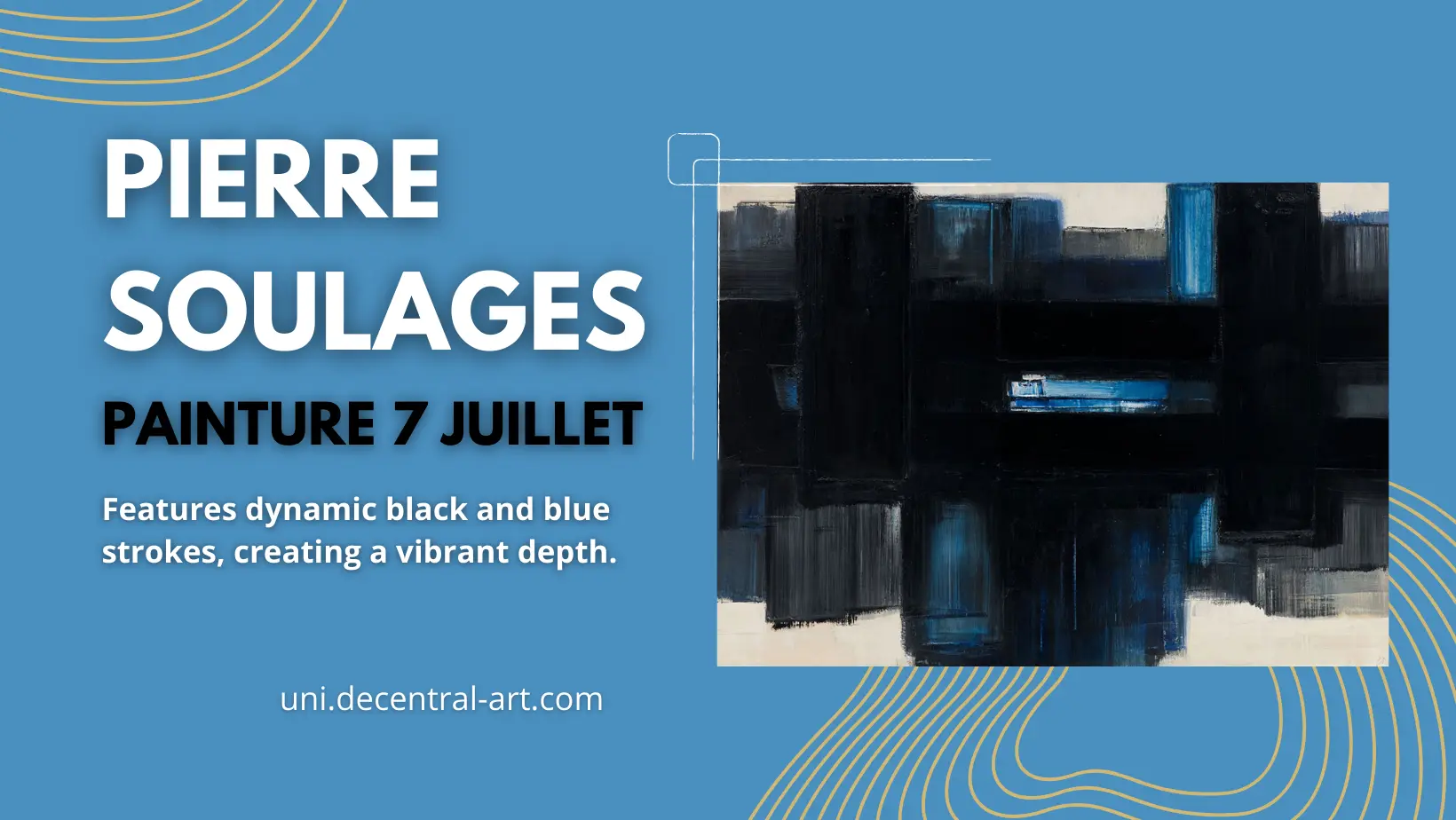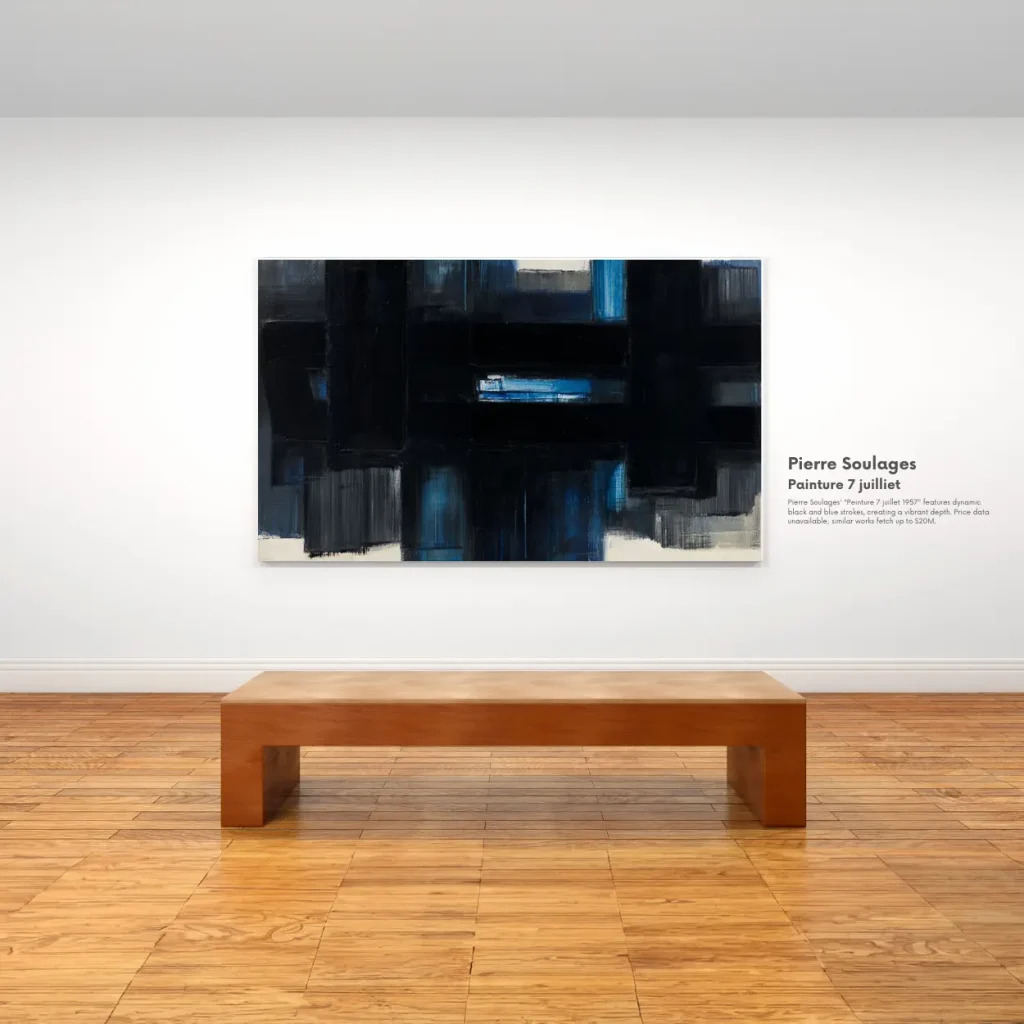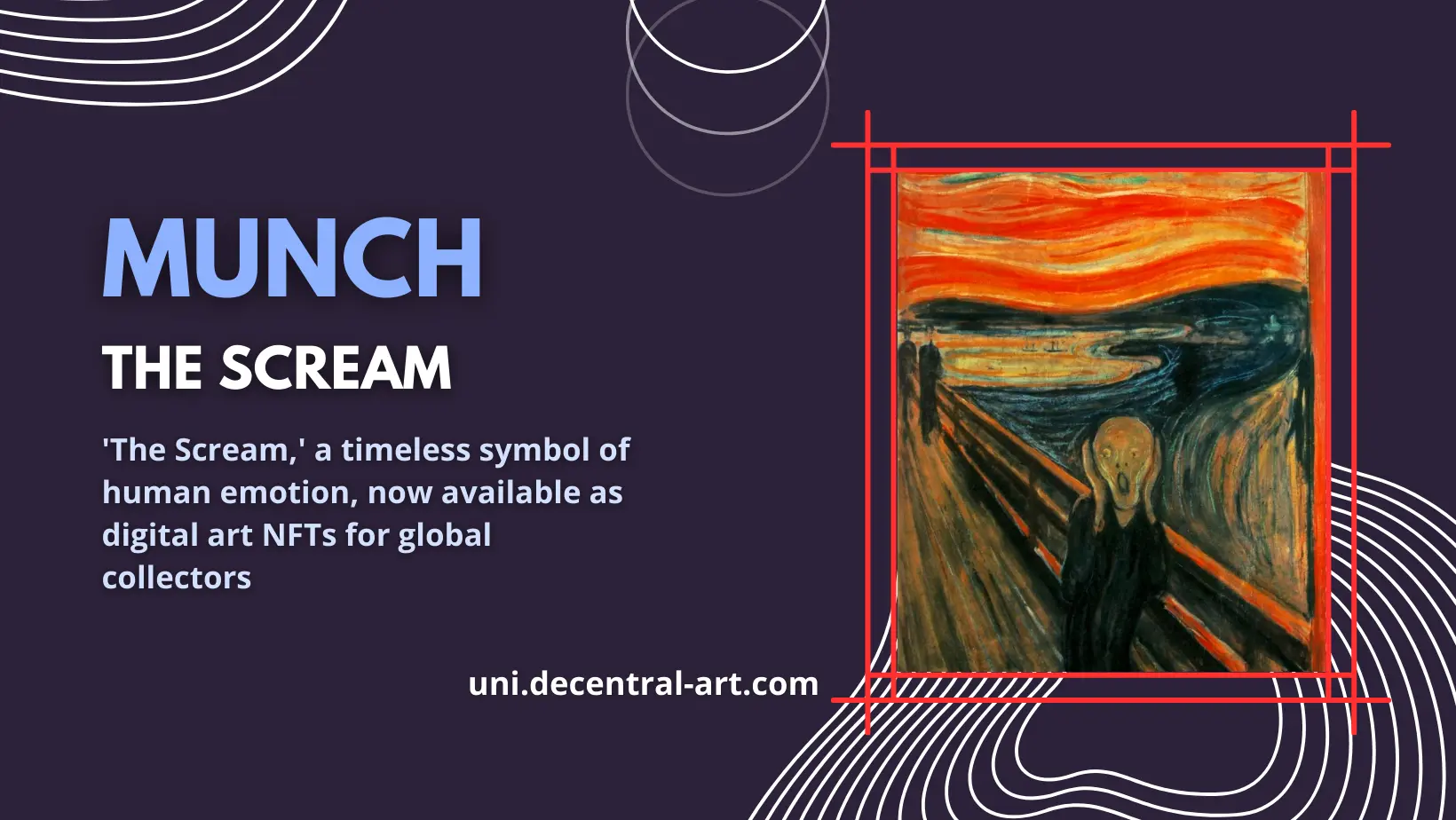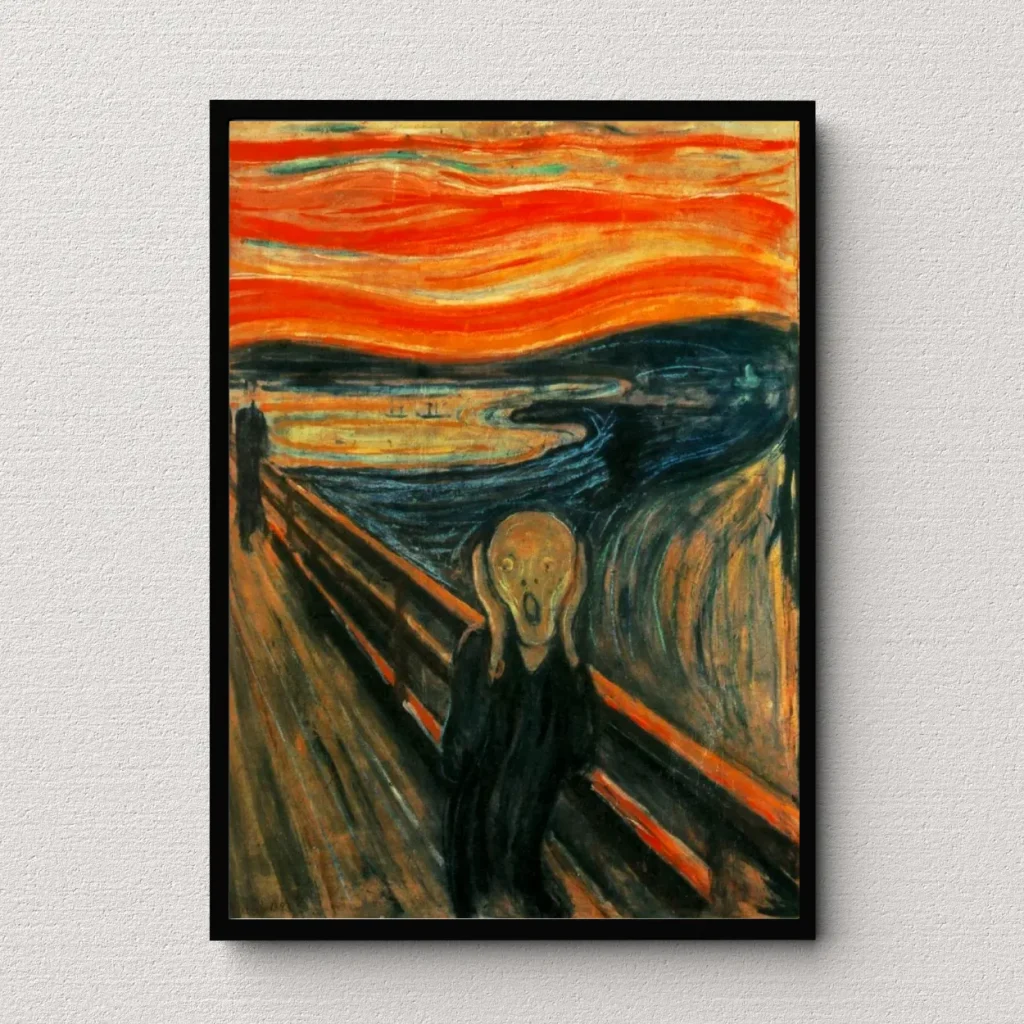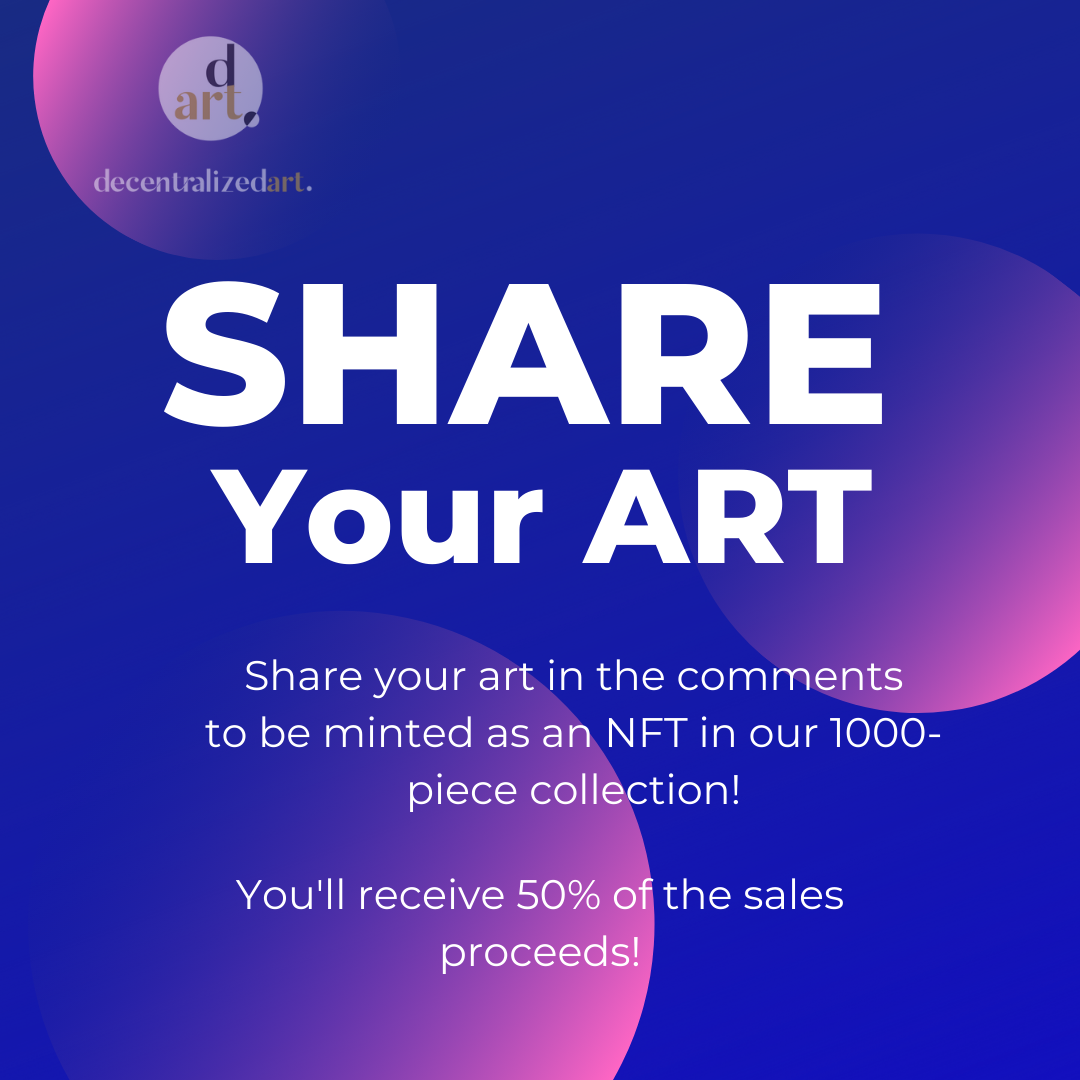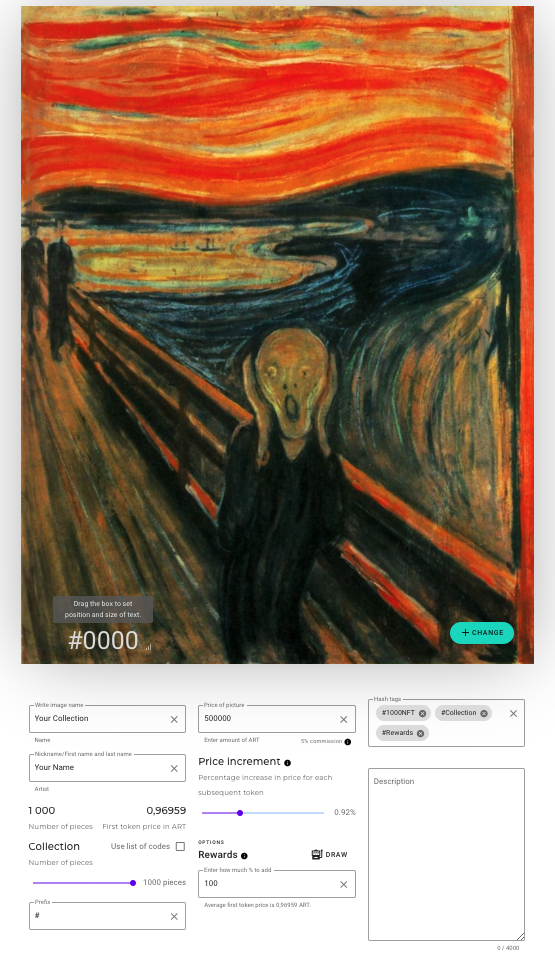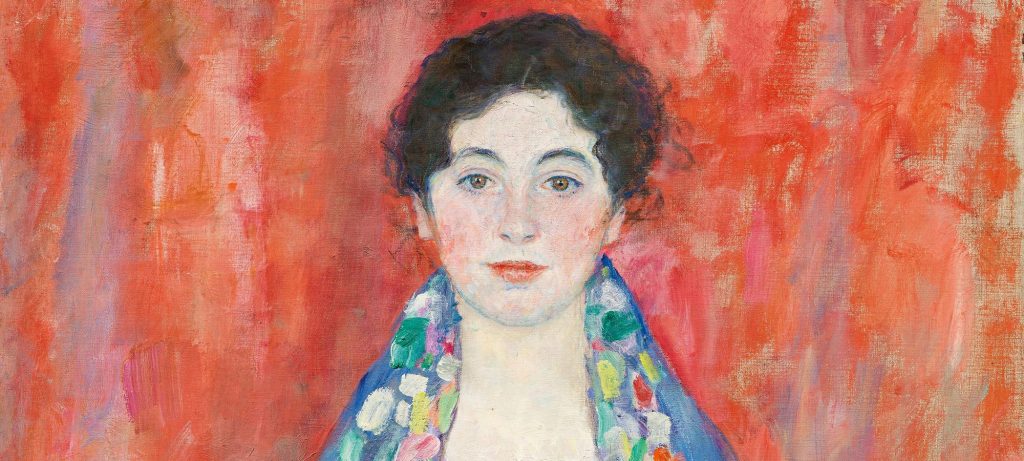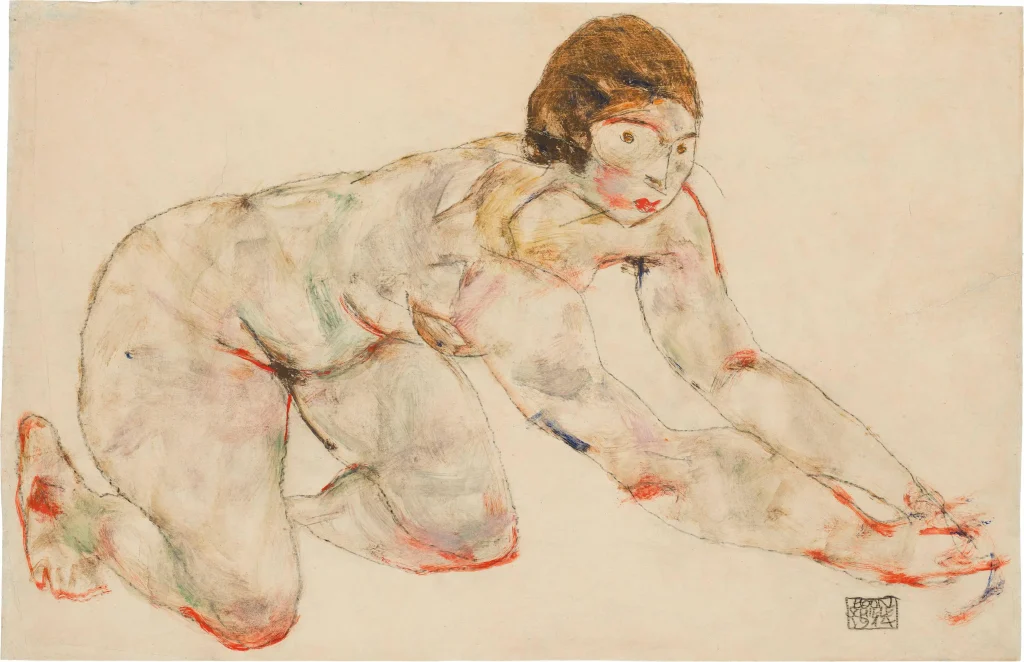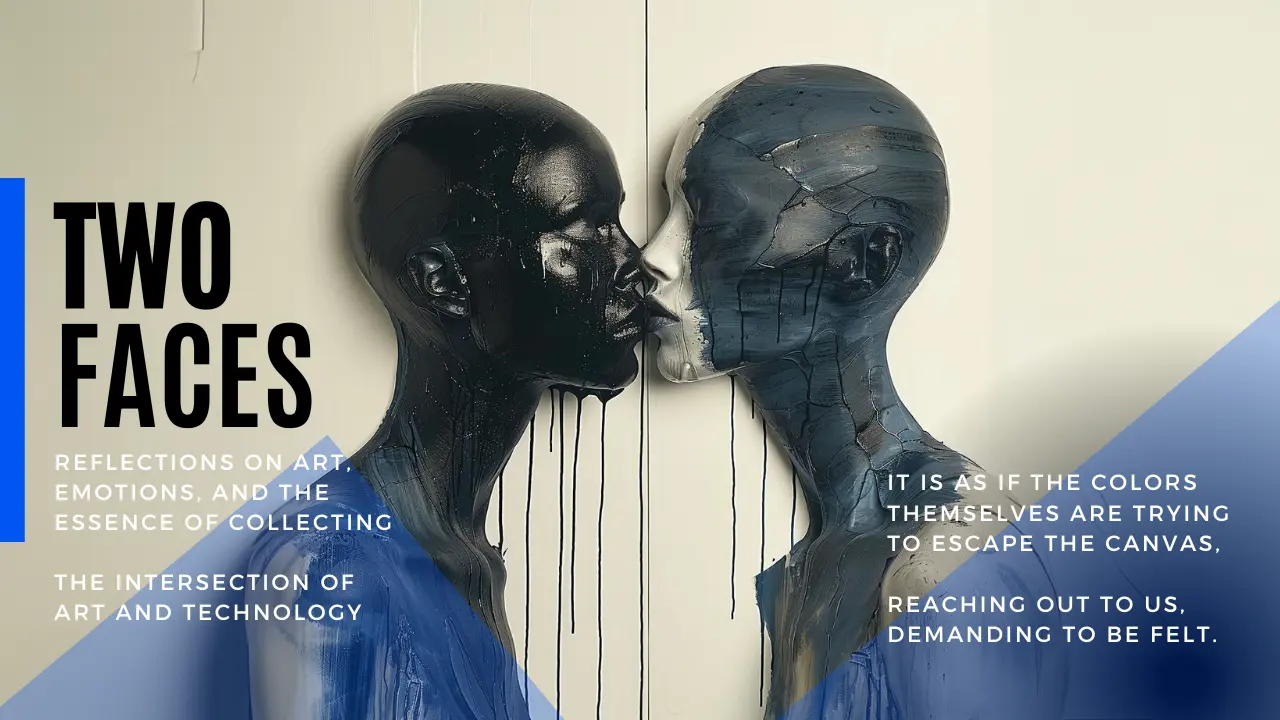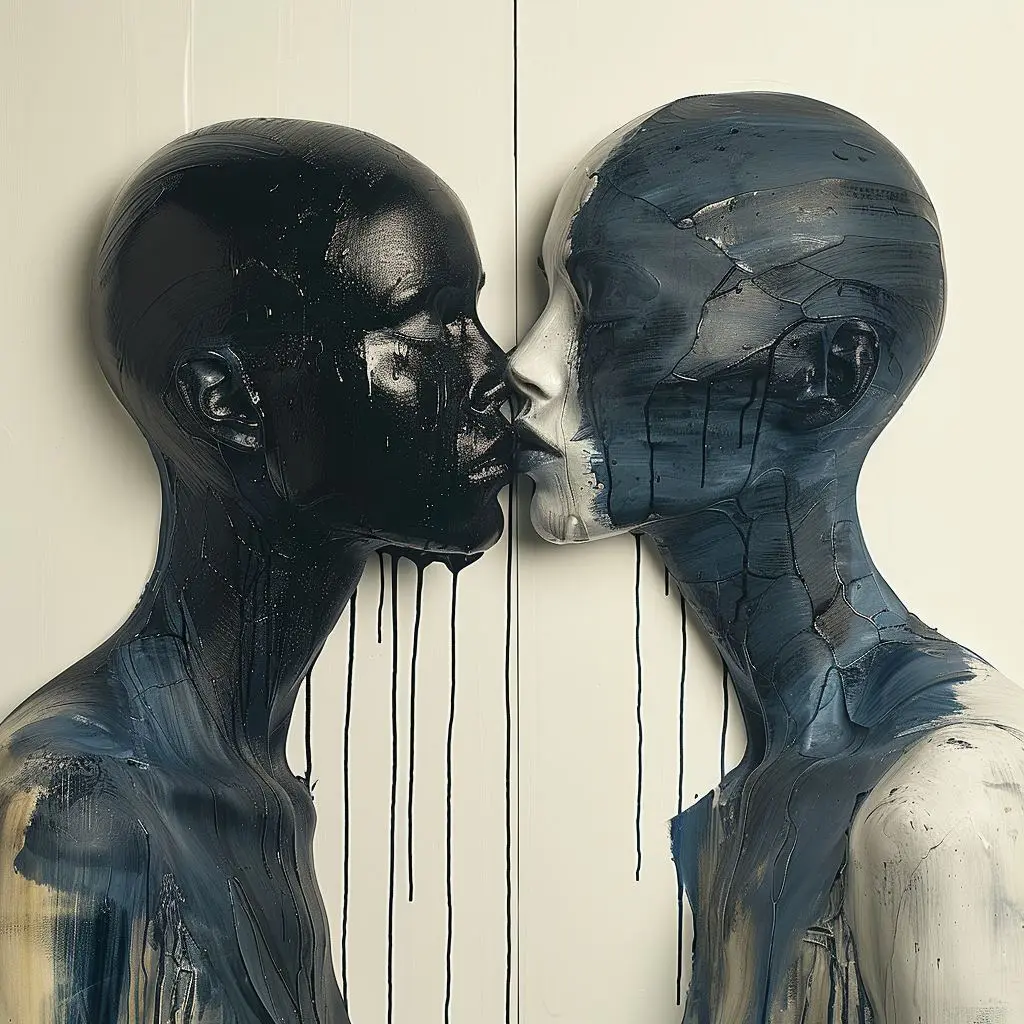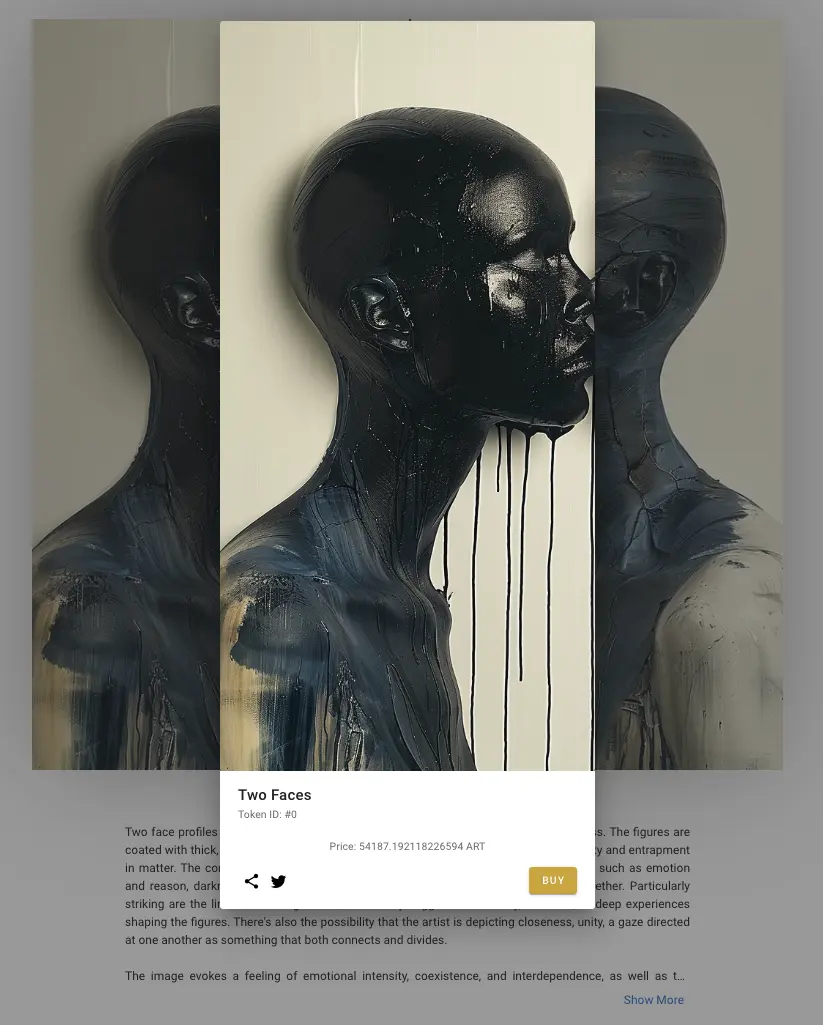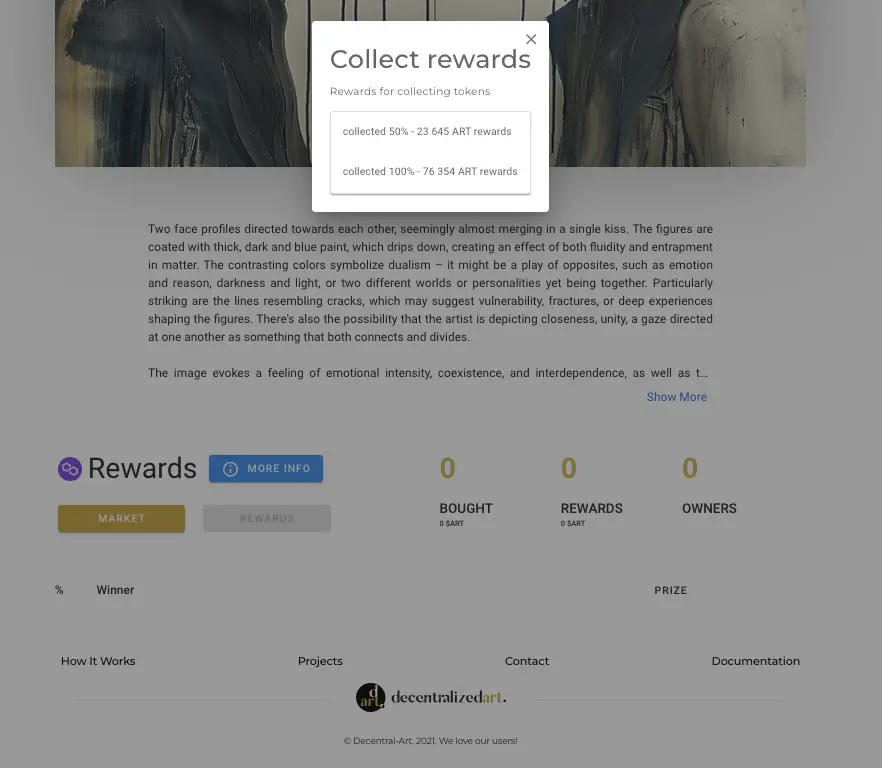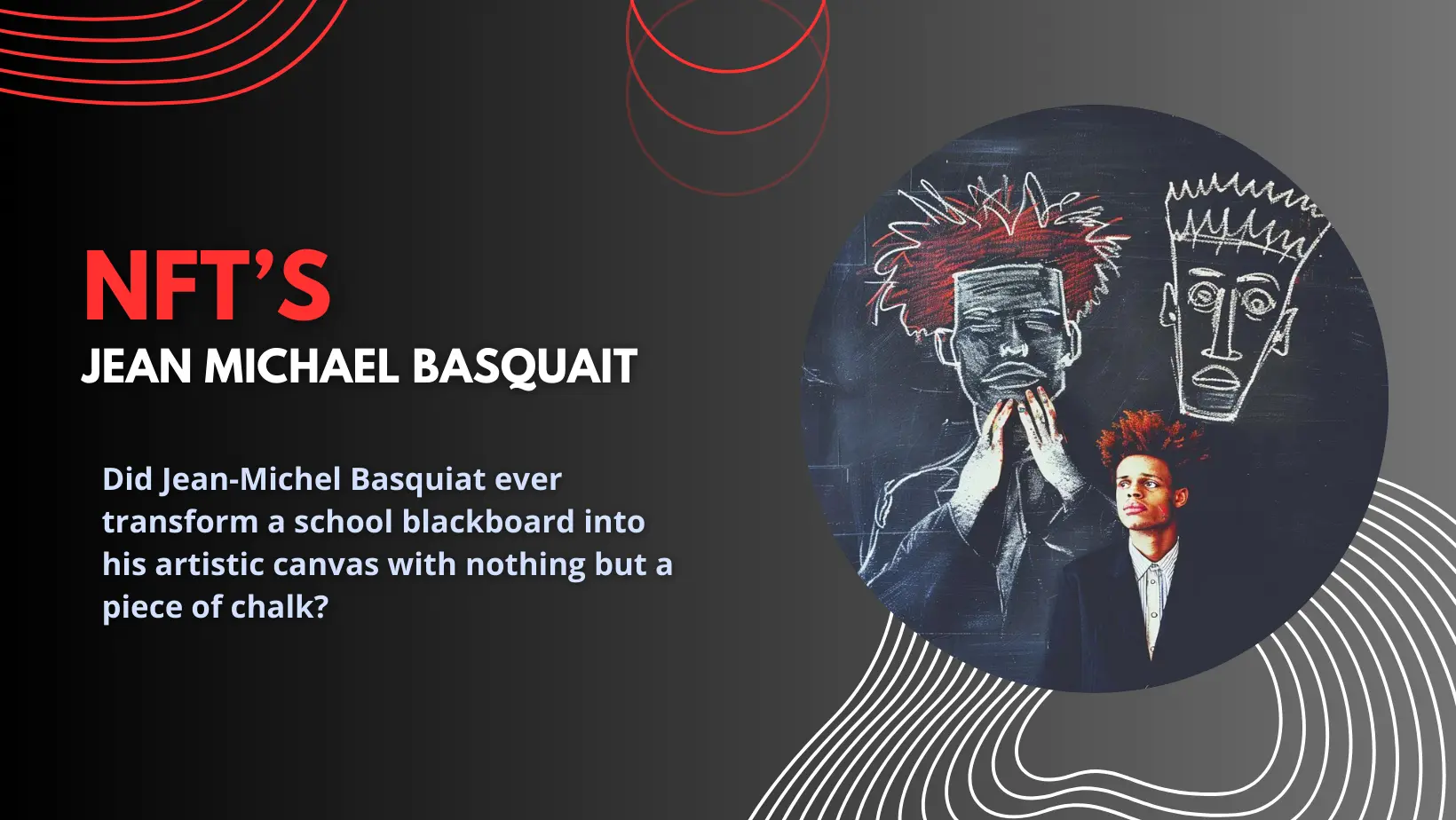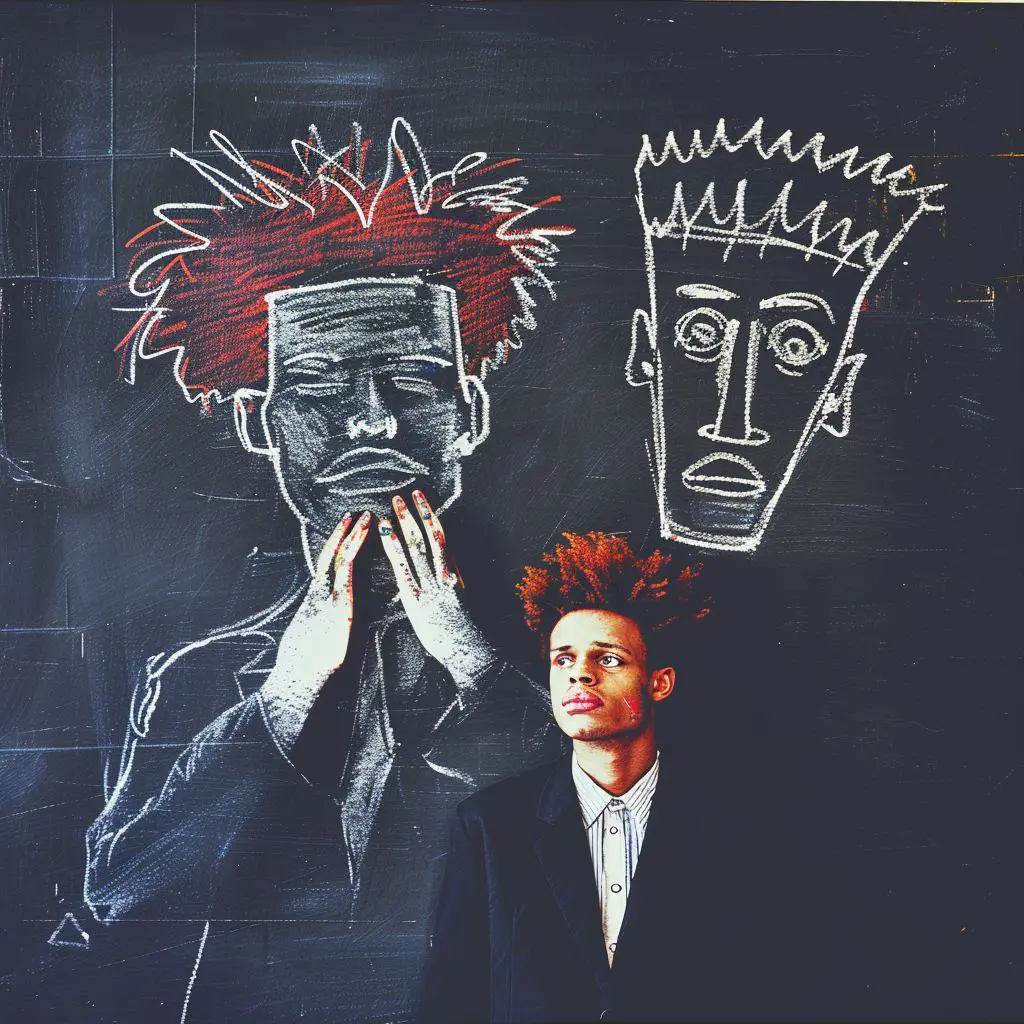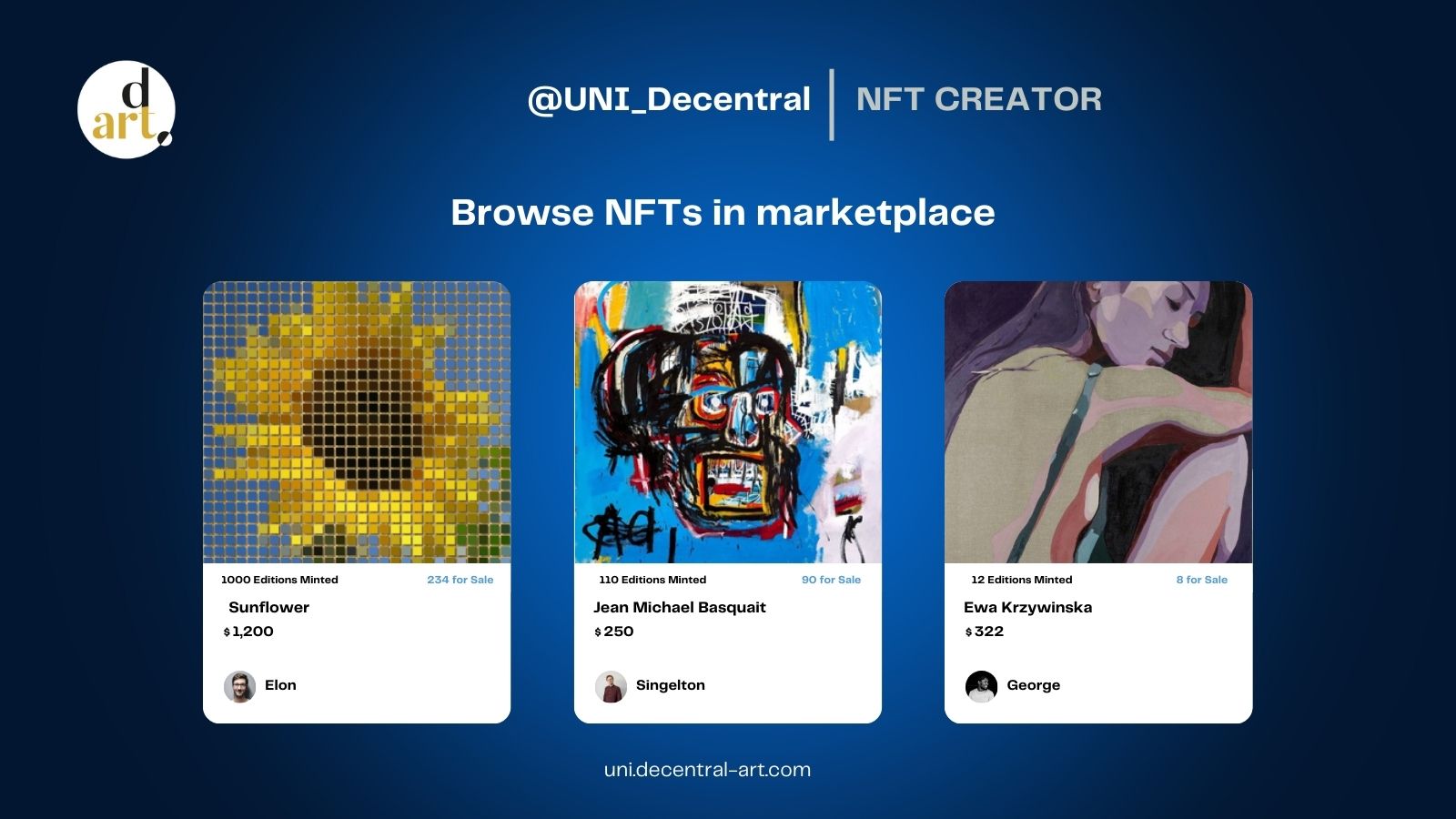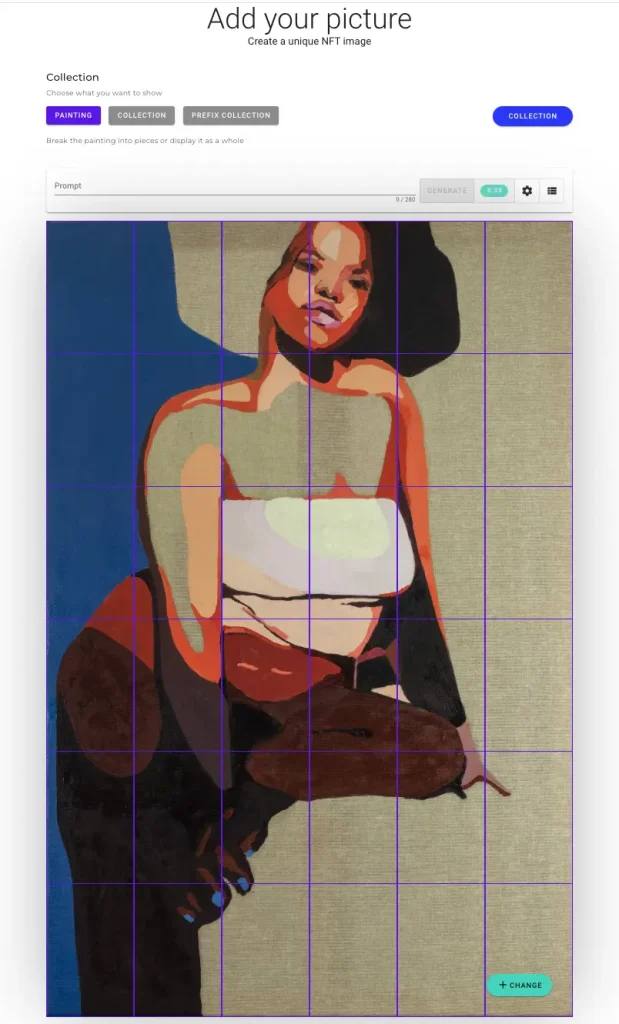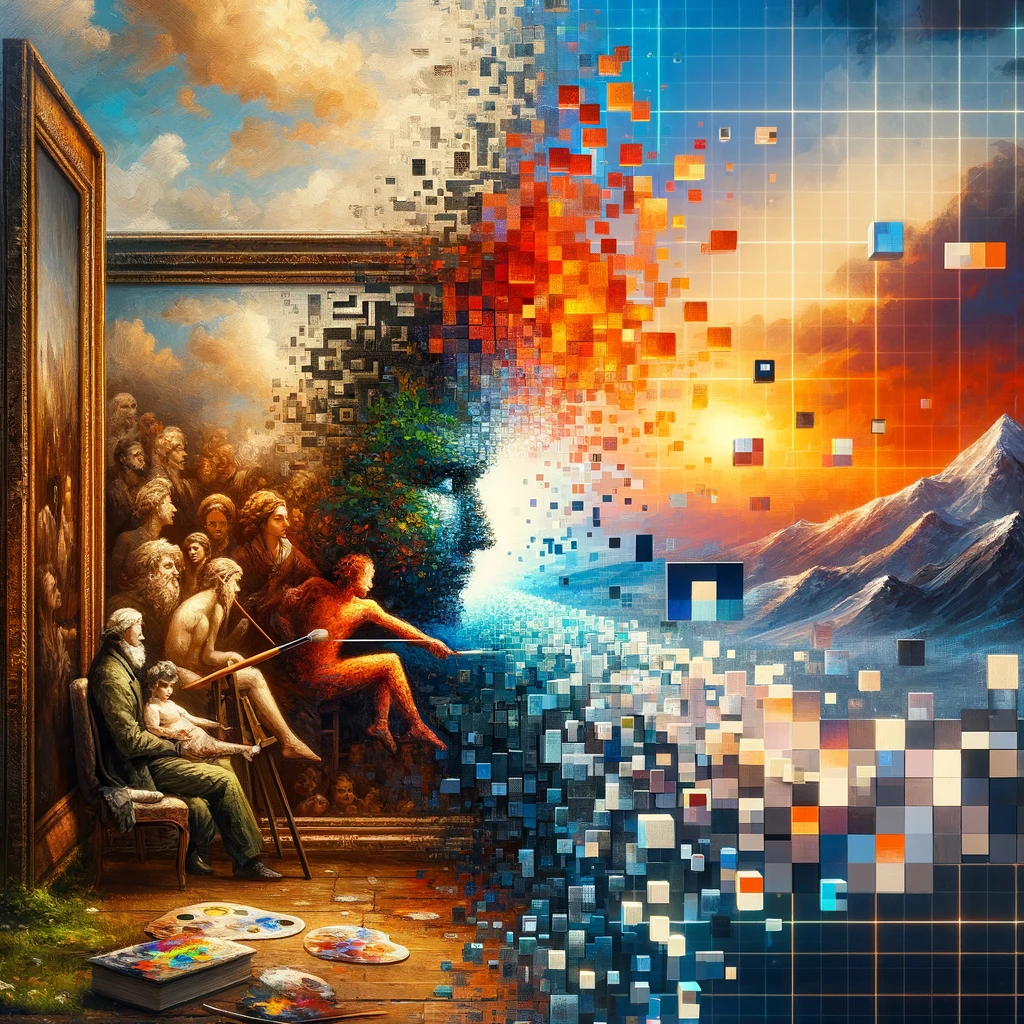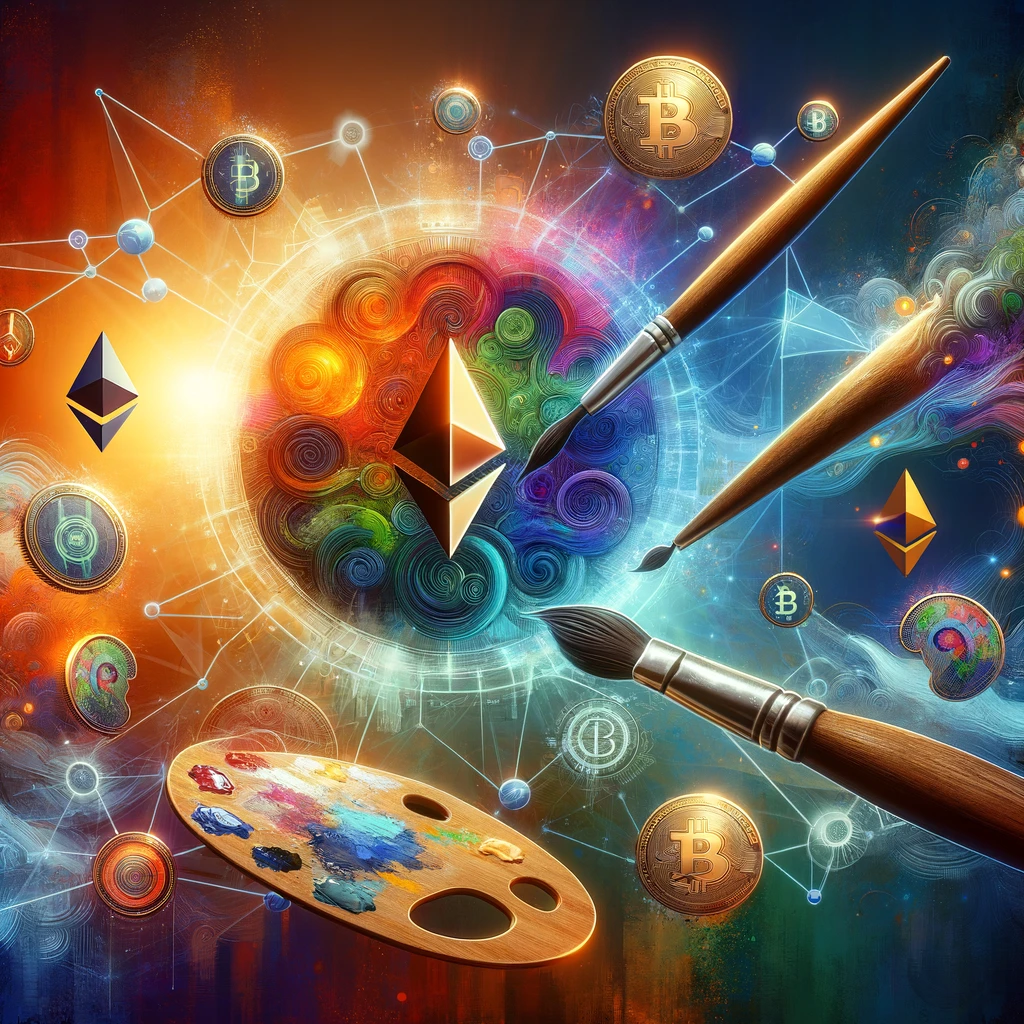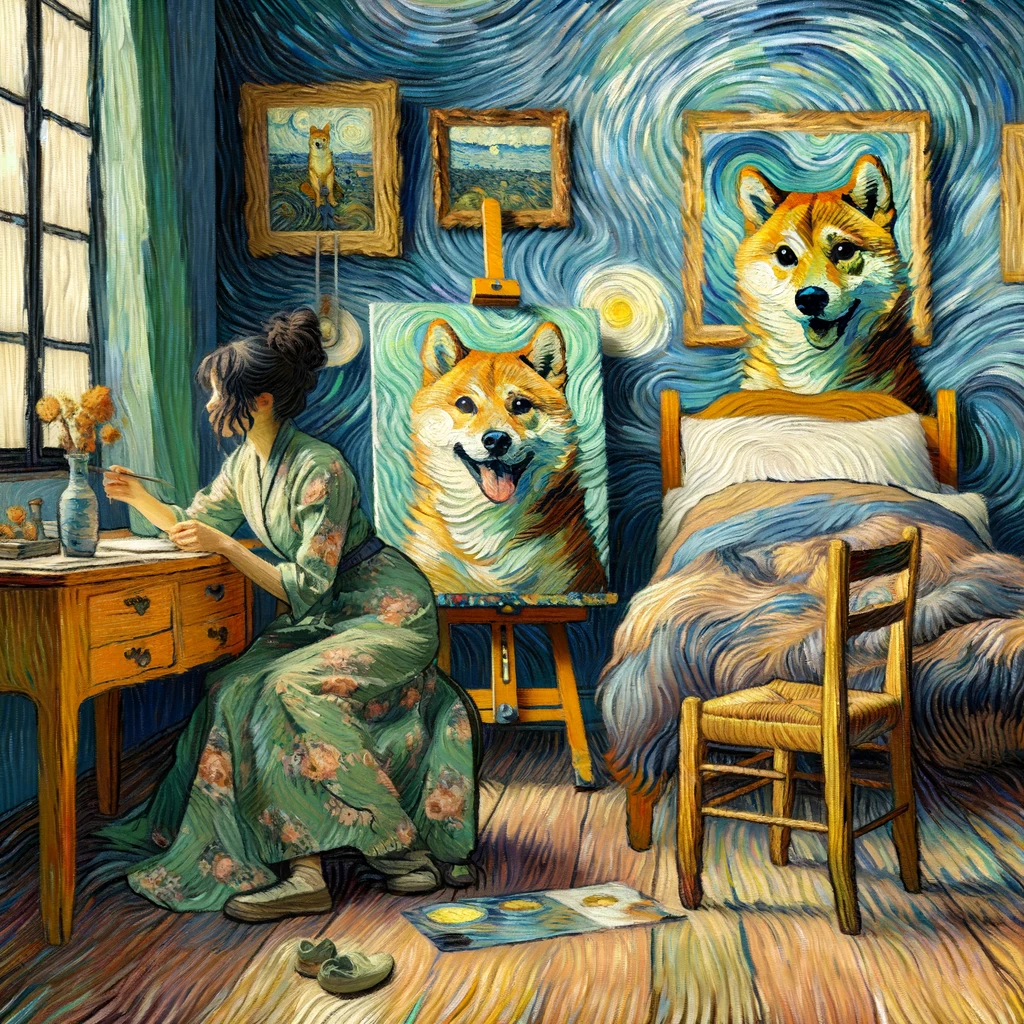Your Chance at a Unique Collection
NFTs, or non-fungible tokens, have taken the digital world by storm, enabling the buying, selling, and collecting of digital assets like never before. More excitingly, they open doors to winning one-of-a-kind digital art and exclusive collectibles through prize draws. Now you have the chance to win an exclusive NFT by participating in the latest prize draw on Decentral Art. In this article, we’ll delve into what NFTs are, give you all the details about this upcoming prize draw on Decentral Art, and share tips on boosting your chances of winning.
What is an NFT?
NFT (Non-Fungible Token) is a unique digital token that confirms ownership of a specific digital asset, such as an image, music track, video, or collectible item. Each NFT is recorded on a blockchain, making it possible to verify its ownership and authenticity at any time, which ensures its uniqueness and makes it tamper-proof.
NFTs are revolutionizing the digital asset space, offering new opportunities for artists, collectors, and investors. They’re also drawing increased attention through prize draws, which allow participants to win unique digital works.
NFT Prize Draw on Decentral Art
The Decentral Art platform has announced an exciting NFT prize draw that offers users the chance to win a limited-edition digital artwork. This project, accessible on the Decentral Art gTURK79 page, stands out with its innovative approach to digital art, attracting collectors worldwide. By entering the prize draw, you’ll have a chance to win an NFT that could become a treasured part of your digital collection and a valuable investment.
How to Participate in the Prize Draw
To enter the Decentral Art prize draw, simply follow these steps:
- Register on the Decentral Art platform: Ensure you have an account on the site. If you don’t have one yet, sign up with your details.
- Purchase draw tickets: Many NFT prize draws require a ticket purchase to participate. Details about available tickets and pricing are on the project page.
- Follow the results: After the draw ends, winners are announced, and they can claim their NFT prizes. This information is typically sent to the email associated with the user’s account.
Why Join an NFT Prize Draw?
NFT prize draws attract both newcomers and seasoned collectors. They offer the chance to win digital assets that could increase in value over time. Additionally, these draws are an excellent introduction to blockchain and NFTs, serving as a gateway to further exploration of the digital collectibles market.
NFTs won in these draws are often limited-edition pieces created by acclaimed artists or part of limited series, adding to their uniqueness and collectible value.
How to Boost Your Chances of Winning
While NFT prize draws are generally random, there are a few strategies that could help improve your odds:
- Buy more tickets: If the draw allows multiple ticket purchases, increasing the number of entries raises your chances of winning.
- Stay updated on platform events: Keep track of new projects and prize draws on Decentral Art. Limited edition drops are often more exclusive.
- Invite friends to participate: Some draws offer extra entries for inviting friends or promoting the project.
Frequently Asked Questions
Is it safe to participate in an NFT prize draw?
Yes, NFT prize draws organized by reputable platforms like Decentral Art are safe. All transactions are recorded on the blockchain, ensuring transparency and security.
Can I sell an NFT I win in the draw?
Yes, NFTs won in a draw can typically be sold on various NFT marketplaces. However, be sure to review any terms regarding NFT transfer, as some projects may have specific resale guidelines.
What are the benefits of owning an NFT?
Owning an NFT grants the holder a unique digital asset and potential financial gains. NFTs can increase in value as interest in the project or artist grows.
Can NFTs be stored on a phone?
Yes, NFTs can be stored in blockchain-compatible digital wallets available on mobile devices.
Summary
The NFT prize draw on Decentral Art is an exceptional opportunity for digital art enthusiasts and collectors. With simple steps to register and purchase a ticket, anyone has a chance to win a one-of-a-kind NFT. Check out the latest project on Decentral Art gTURK79 and discover the fascinating world of digital assets. You could be the next proud owner of an exclusive NFT.


